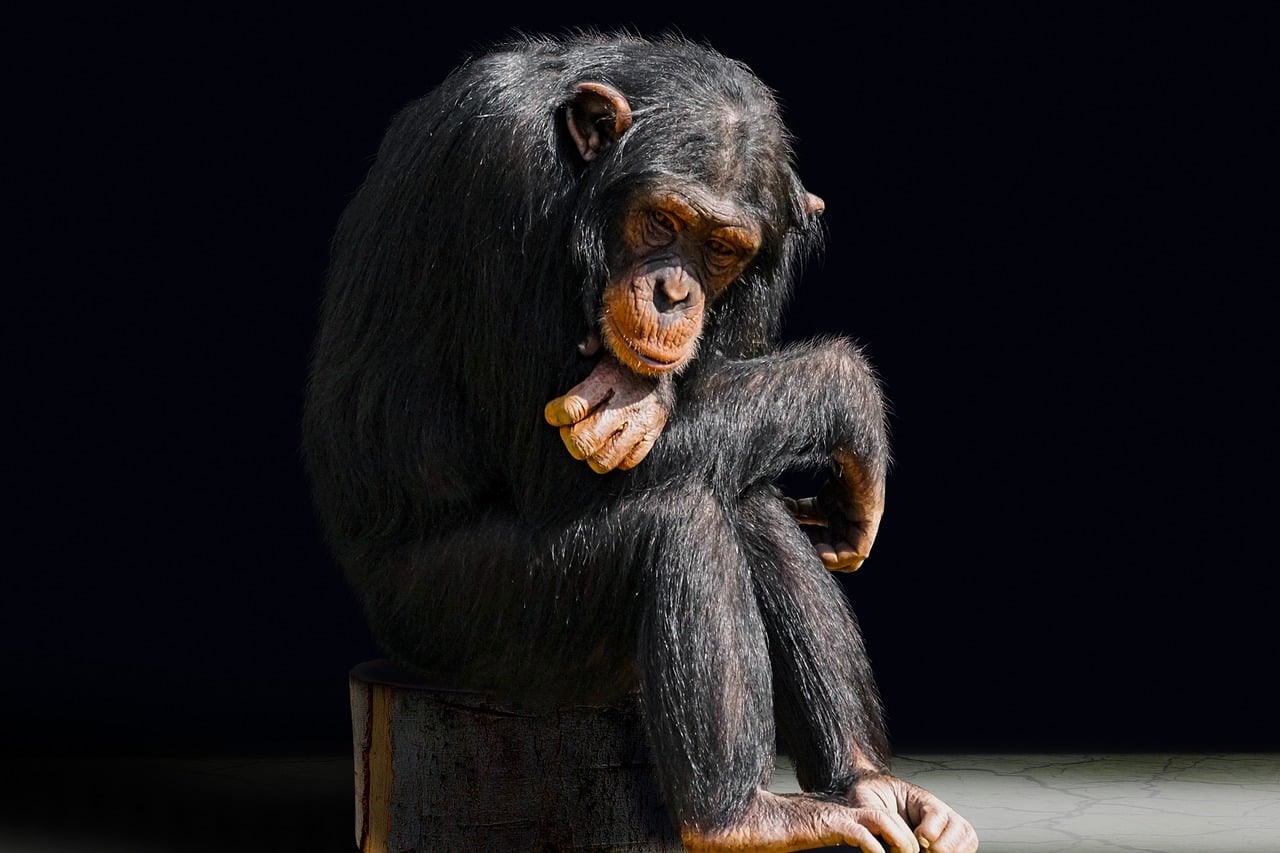For decades, biologists and conservationists have been trying to figure out the smallest amount of land required for a new mammal evolution. The best way to find the answer is to look at islands because animals isolated on islands can evolve into strange new species that you won’t find anywhere else on the planet. Until now, researchers thought the minimum amount of land needed for mammal evolution was 110,000 square kilometers.
A new study published in the Journal of Biogeography reveals that a mammal could evolve in an area of even less than 10,000 square kilometers. Findings of the study should be good news for conservationists worried about habitat loss and climate change speeding up animal extinctions. Back in 1980, conservation biologist Michael Soule tried to figure out if a mammal species could diversify into multiple new species in small areas.
Previously, the smallest island known to have supported mammal evolution was Luzon, the largest island in the Philippines. A team of researchers led by Lawrence Heaney of The Field Museum of Natural History in Chicago, Illinois found that Luzon’s 105,000 square kilometers hosted 66 mammal species excluding bats. Heaney and his colleagues thought they should look at even smaller islands to see whether they could support new mammal evolution.
The scientists looked at the map and listed smaller islands where species diversification might have occurred. They settled on the Mindoro Islands, which has an area of 9,735 square kilometers, in the Philippines. In 2013, Heaney and his colleagues started studying all the mammals on Mindoro Island. They even set up live traps on the slopes of Mindoro’s mountain ranges to capture the smaller creatures.
They discovered an earthworm-eating mouse called Apomys. These long-snouted mice love earthworms, but also eat fruits and seeds. They have big ears, long soft fur, dark tails, and white feet, said Heaney. Scientists analyzed its DNA at the Pritzker DNA Lab in the Field Museum. They discovered that the mice represented four distinct species – one of them occupied the lowlands while the other three lived on their own mountains.
What’s even more surprising is that the mice evolved from a single ancestor on the Mindoro Island. Scientists estimate that their common ancestor landed on the island about 2.8 million years ago. It makes Mindoro Island the smallest known area where mammal evolution has taken place.
Now we know that mammals could evolve in an area as small as Mindoro, which is roughly the same size as the Yellowstone National Park. It means new species could evolve in an area as small as some of our large wildlife reserves. But Heaney believes that there could be many other smaller islands where a mammal species arrived from somewhere else and evolved into one or more distinctive species.
The University of Kansas biographer Rafe Brown said in a statement that there is tons of data showing that there are lots of species on small islands. But it’s the first study to show that “species diversity had been generated on those islands.” The results of the study give conservationists a vital tool for planning their conservation efforts.
Heaney says when we think about designing protected areas, we need to look at the topography of the Earth. The fact that these mice species evolved on their own separate mountains in a small geographic area indicates that mountains could be very important. More and more wildlife species are threatened by the exploding human population. This study sheds light on how to plan protected wildlife spaces to allow new species to evolve in the face of massive habitat loss.





